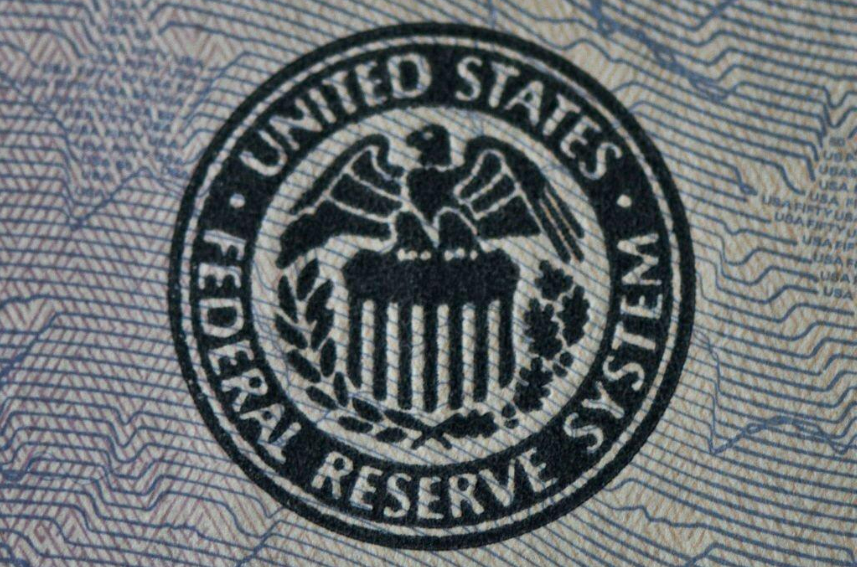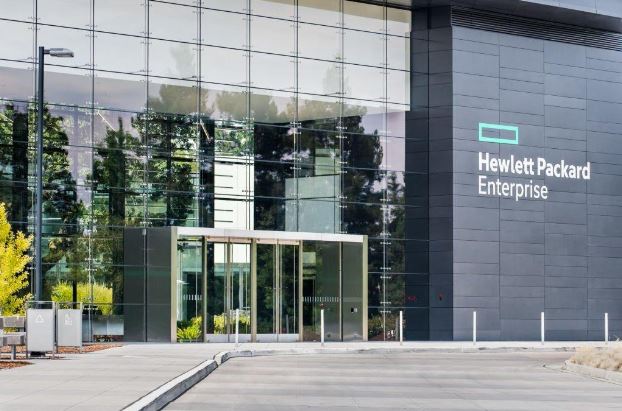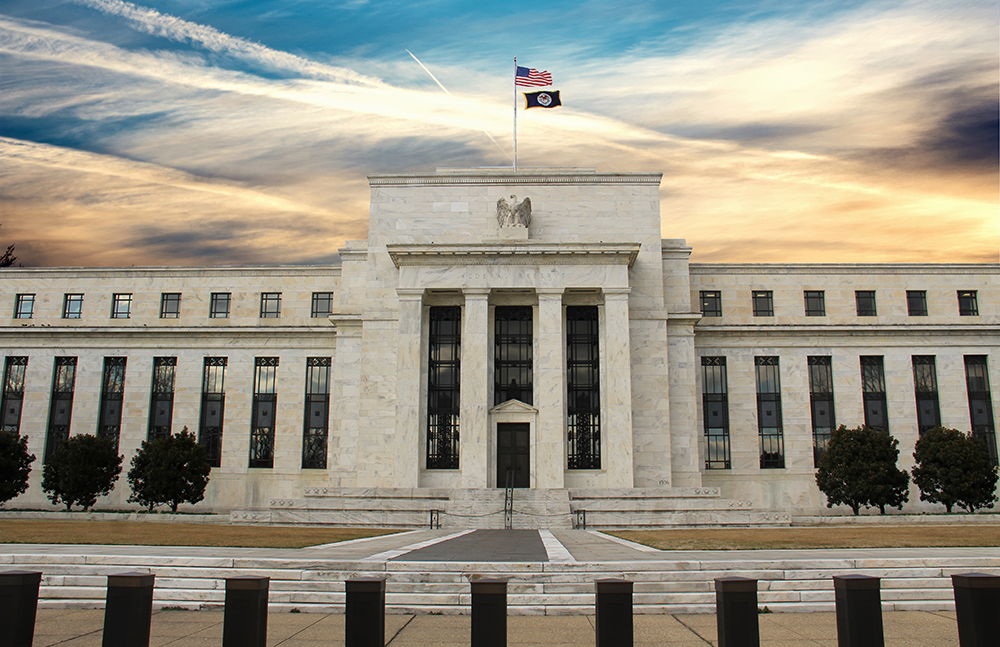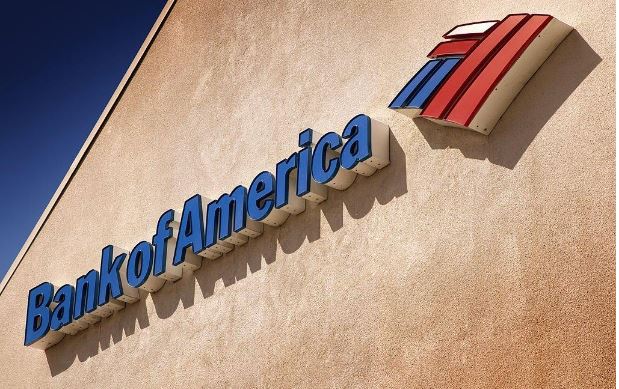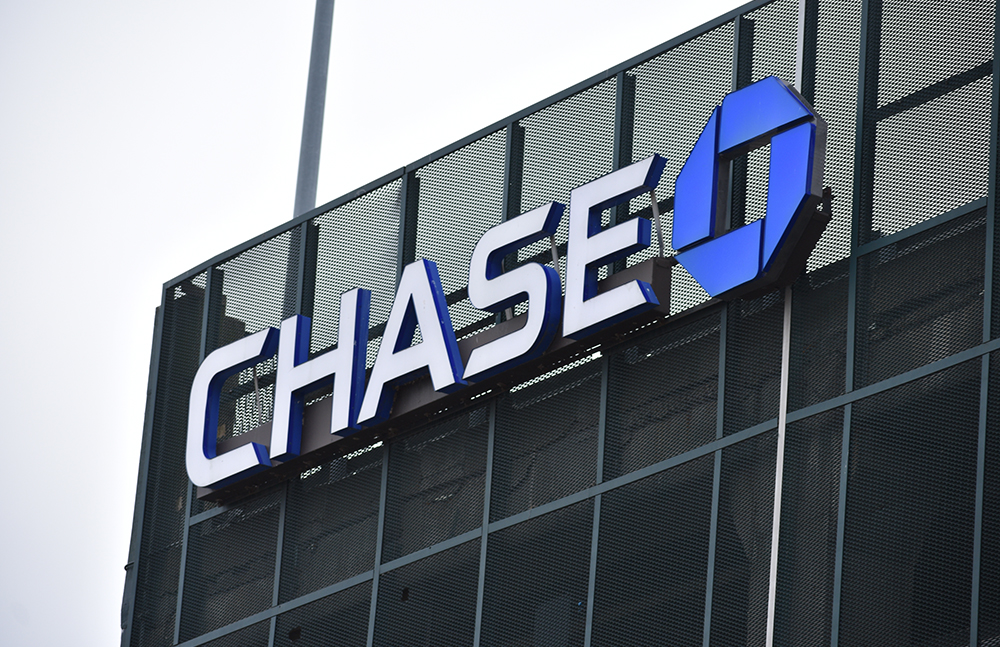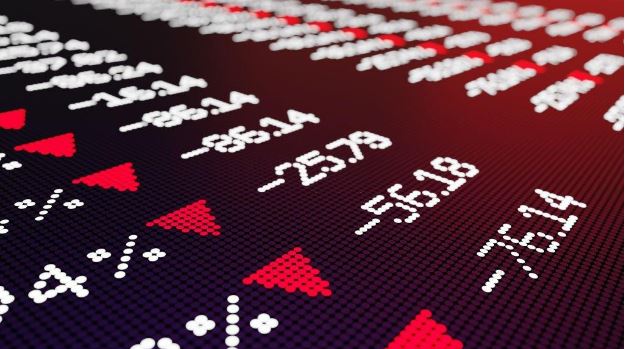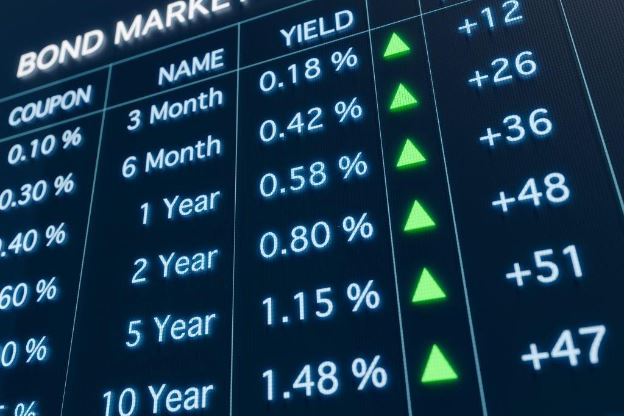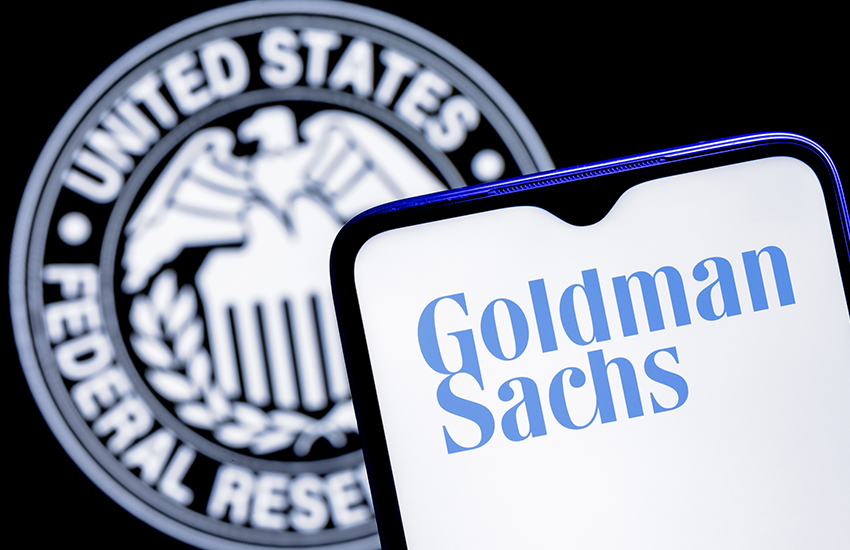
Goldman Sachs Is Considering Reinstating Job Cuts At Year-End In Light Of A Dimming Economic Outlook
In preparation for tougher times, Goldman Sachs has slowed its hiring and is looking to reduce vendor fees. However, according to a person with knowledge of the matter, Goldman has another tool in its arsenal to control expenses: a possible return to year-end job cuts. It has long been a practice of Wall Street firms to weed out those they deem to be underperformers, often at the end of the year when they prepare to award their annual bonuses. Due to the pandemic, this annual exercise was paused as banks hired furiously to take advantage of a boom in deal activity. According to figures disclosed Monday, Goldman’s headcount increased by 15% to 47,000 employees in the past year alone. These workers may have been acquired, but they still represent a significant increase.
Wall Street’s leading investment bank is contemplating a return to its year-end ritual following a sharp decline in revenue related to debt and equity issuance. Employees often make up the single biggest line item regarding expenses at an investment bank. As of June 30, Goldman had set aside $7.78 billion for workers’ compensation and benefits, or half of its overall operating expenses. In a conference call with analysts on Monday, Denis Coleman, the firm’s Chief Financial Officer, stated that the firm would slow its hiring to replace those who leave and would “probably” reinstate performance reviews by the end of the year. That is “something that we suspended during the period of the pandemic for the most part,” he said.

